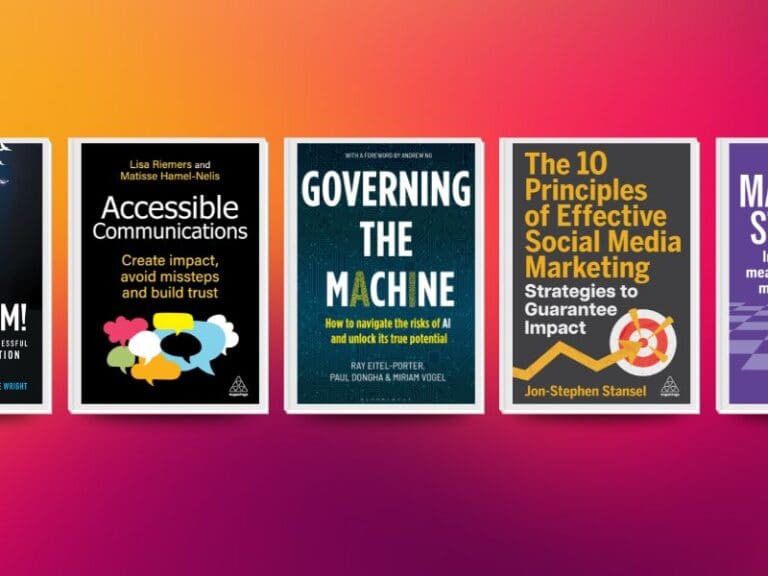Diving into the tech industry can feel a bit overwhelming at times. The vast expansion of the tech industry in recent years and the historical lack of diversity means not enough people are getting the information and mentorship they need to make strategic choices about getting into tech. Let’s change that by giving you a basic framework to focus your efforts and land you a role you will thrive in!
Working Backwards
The first place to start when finding your tech pathway is by looking at what you truly want to do and working backwards! Ask yourself questions like:
- What am I passionate about?
- What are my strengths? Consider both technical + professional skills (eg. Communication + collaboration).
- What impact do I want to make?
- What products or companies align with my goals and/or passions?
With a better idea of what you want to do, it’s now time for a bit of research:
Find people on LinkedIn, Twitter, and/or reach out to people in your network who are doing similar things to what you want to do. Look at their journey and focus on the skills they learnt that led them to where they are now. Make note of the things that stand out to you.
- Find job postings at the companies that speak to your mission or are building the tech that you want to work on. This is the clearest indicator of what skills you should be gaining. However, don’t let job descriptions prevent you from applying to certain roles if you don’t have all the skills – not everything is a must-have to land the job.
 And that’s it – a data-driven, personalized process to inform what skills and experiences to gain to reach the life that YOU want. By planning backwards, your moves are more strategic, and you can feel confident that you’re always heading in the right direction.
And that’s it – a data-driven, personalized process to inform what skills and experiences to gain to reach the life that YOU want. By planning backwards, your moves are more strategic, and you can feel confident that you’re always heading in the right direction.
Education Paths
With this in mind, you now know what to learn, but the question remains how should you learn it? Again, your choice depends on what works best for you. Tech is a special industry because it does not require you to follow a certain educational path to gain the necessary skills. This means you can choose your path based on how you learn best and your individual life + financial circumstances. Let’s go over some of the common educational paths:
UNIVERSITY
 This is the most traditional, well-understood path. You’ll benefit from gaining a broad understanding of tech theory and practical experience which will make you more adaptable on the job. This is a great avenue to explore different tech stacks to get a better idea of what you are passionate about. You will also benefit from dedicated career resources to assist getting those all-valuable internships and the coveted post-university job. However, this is typically the most expensive option and takes the longest to complete.
This is the most traditional, well-understood path. You’ll benefit from gaining a broad understanding of tech theory and practical experience which will make you more adaptable on the job. This is a great avenue to explore different tech stacks to get a better idea of what you are passionate about. You will also benefit from dedicated career resources to assist getting those all-valuable internships and the coveted post-university job. However, this is typically the most expensive option and takes the longest to complete.
APPRENTICESHIPS
These are quickly becoming a popular approach and one of the best ways to get the best of all the different paths into tech. You will learn on-the-job (so is ideal for people who don’t enjoy a traditional classroom learning environment), get paid for your work, and, depending on the apprenticeship scheme, earn your degree with a partner university absolutely FREE! Plus, you will likely get a post-apprenticeship job offer.
 Apprenticeships that include completing your degree are generally as long, or possibly longer than a traditional 4-year degree, but you end up with multiple years’ experience and no debt. I highly recommend looking into apprenticeships if the university path doesn’t appeal to you.
Apprenticeships that include completing your degree are generally as long, or possibly longer than a traditional 4-year degree, but you end up with multiple years’ experience and no debt. I highly recommend looking into apprenticeships if the university path doesn’t appeal to you.
BOOTCAMP
This is a much shorter, highly focused learning path that will teach you the fundemental skills you need to get a job in tech. Many bootcamps focus on a particular tech stack (eg. web development or data science), so you will not get as much technical breadth as a university degree, but you will complete it in a fraction of the time. Good bootcamps will teach a mix of theoretical and practical content, will require you to create projects to demonstrate your skills and have something to put on your GitHub.
They will also provide career resources to help you get a job after completing the course, and have clear metrics on how successfully their students went from doing their bootcamp to having a job in the relevant industry. Bootcamps are fairly pricey – they can easily be several thousand pounds, but there are often scholarships available for those needing financial aid or if you are part of an underrepresented community in tech.
SELF-TEACHING
 Regardless of if you are trying to get into tech or are already in it, you will have to self-teach at some point to stay on top of the latest changes in the industry. This path requires the most amount of self-motivation and drive. You are solely responsible for your learning and how quickly it takes.
Regardless of if you are trying to get into tech or are already in it, you will have to self-teach at some point to stay on top of the latest changes in the industry. This path requires the most amount of self-motivation and drive. You are solely responsible for your learning and how quickly it takes.
However, you also have the flexibility to learn whatever you want at a far lower price than through a university or bootcamp. This is generally the hardest path with which to get into an entry level role but is entirely possible and is quickly becoming a common path as tech resources become more widely available and the need for technical people continues to rapidly increase.
The choice is yours! Getting into tech does not require following a single path. You can choose the path that best aligns with you and your circumstances.
Basic Languages
If you want to get started coding today, but still don’t have a clear idea of what you want to learn or the direction you want to go then there are a few general languages that will set you up well regardless of what path you end up taking.
JavaScript
This is a common web language that you will see used across a vast number of projects. Frameworks like React use JavaScript to create modern websites and applications.
Python
Particularly for data science and AI fields, Python is a must. It is highly versatile, the syntax (ie. How you write the language) is easy to understand, and the language is well documented.
C#
 C# is a brilliant introduction to the C languages (C, C++, and C#) and is very similar to Java. It is a great language to learn object-oriented development and is frequently used across the industry. If you want to get into the games industry, this is a good language to use in combination with the Unity game engine.
C# is a brilliant introduction to the C languages (C, C++, and C#) and is very similar to Java. It is a great language to learn object-oriented development and is frequently used across the industry. If you want to get into the games industry, this is a good language to use in combination with the Unity game engine.
The important thing to remember is that a lot of the theory behind these languages will transfer across to other languages and tech stacks. By learning one, you are setting yourself up to expand your skills into other languages. Once you’ve understood the theory, the biggest things you will have to learn afterwards is just the syntax and some technical specifics (eg. C# does more memory management for you vs C++).
Once you pick a language, find an online course to teach you the theory and show you how to put the theory into practice. Make sure you are practicing alongside the course and, after gaining some familiarity, build a project that you want to use. It’s okay if you run into bugs, that is where you learn the most. Embrace the process and get building!
Final Thoughts
That’s it! You now have the framework to start crafting your pathway into tech.
The key messages are:
- Focus on what you love to do
- Find the intersections between tech and your passions
- Create a plan based on how you work best
- Just start building!

AUTHOR: Holly Boothroyd – SheCanCode Blog Squad
To find out more about Sheekha please click here.








